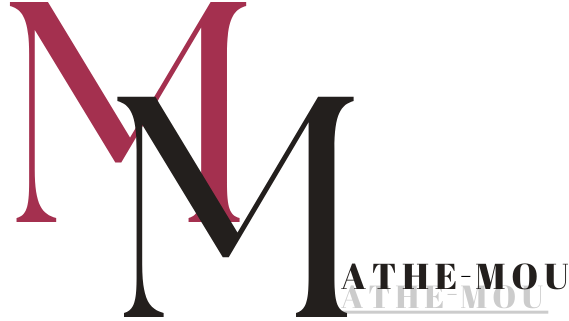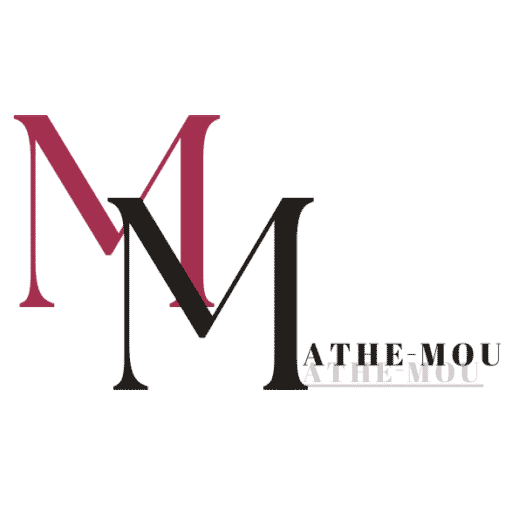How many times have we as teachers been baffled over which coursebook to choose for our students? In today’s market where there is a tremendous variety of options, it is not easy to decide which of all the teaching series available is the most suitable for our students’ needs and wants.

The first step in determining whether a coursebook is actually fitted for your teaching situation is to explore exactly what your student needs and wants. For example:
- Is your student a young learner/ a teen/ an adult?
- Which is their purpose for learning?
- What are the things that motivate them?
- Are they students with learning difficulties?
After answering the questions above through discussing with your students – you might be surprised but even young learners are willing to discuss how they want to learn – you can move on to trying to pinpoint the most suitable coursebook. Some of the things you might need to consider are the following:
- Does the coursebook provide adequate skills practice considering its level?
- Is it organized into teachable units?
- Can it be completed in a school year?
- Is its size and weight convenient for students to handle?
- Is it provided along with adequate additional materials such as a Teacher’s Book, Workbook, e-book, or Interactive Whiteboard Software?
- Are the above materials included in the original price?
- Is the coursebook affordable for your students?
- Are the topics aligned with your student’s interests?
- Is its visual material interrelated with its content?
- Is there a teacher’s guide or some additional activities?
- Are the reading activities based on authentic and engaging material?
- Are there enough opportunities to listen to authentic input?
- Does it offer enough opportunities for meaningful, contextualized writing practice in different genres?
- Do the speaking tasks involve expressing one’s views, presenting arguments, and working with other students?
- Is it flexible and adaptable?
- Does it include games?
- Does it encourage the use of new technologies in and out of the classroom?
- Does it promote strategy learning and student independence?
- Does it address the students’ different learning styles?
- Does it encourage critical thinking?
Of course, this is not an exhaustive list. Each educator can choose which questions to ask depending on their own individual teaching circumstances. However, I believe that the above list covers the basic characteristics a good coursebook should have.
The final step is to make the decision and choose the textbook that you believe is the ‘perfect’ one for you and your students. What I do is that I limit my options to two or three textbooks that I really like and fit into my list and then give my students the choice. So, I present them with each textbook and I let them skim through them. Their having the final say, not only makes them active participants in their learning process but also motivates them to engage further with their studies as it is something they have opted for themselves.
Last tip: Don’t be disappointed if the coursebook you chose did not work out as you had planned. Try to modify it and adapt or supplement it with your own material and try something else next year. The market is so vast that the options are unlimited!




